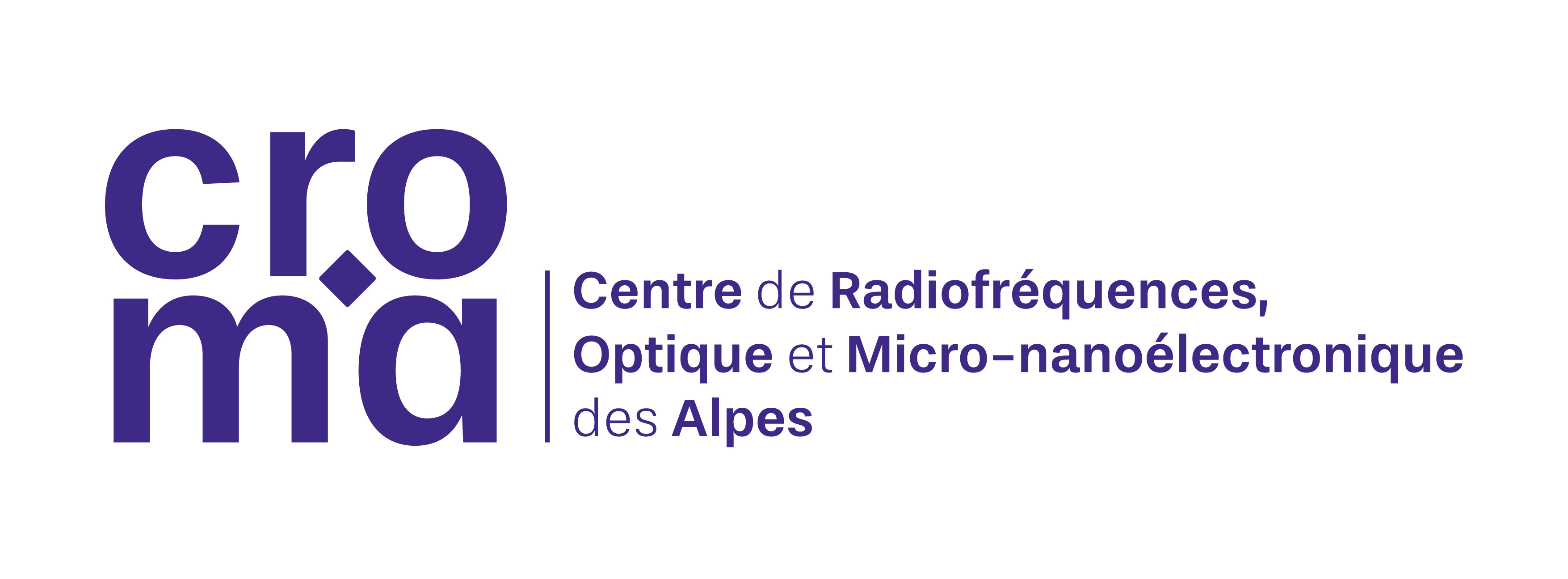Influence of the AZO Electrode on ZnO Nanowire Growth by PLI-MOCVD and Related Piezoelectric Performance: Implications for Mechanical Energy Transducers
Résumé
We investigate the impact of the aluminum-doped zinc oxide (AZO) as an ecofriendly bottom electrode for ZnO nanowire-based mechanical energy transducers. The AZO electrode is grown using atomic layer deposition, followed by the growth of ZnO nanowires (NWs) using pulsed-liquid injectionmetal−organic chemical vapor deposition. The Al dopant concentration is varied to obtain AZO thin films with different morphologies, structural orientations, and electrical properties. Depending on the AZO thin film used as the growth platform, the ZnO NW arrays can have a random or vertical alignment. This in turn affects their piezoelectric performance analyzed by piezoresponse force microscopy. Interestingly, the piezoelectric coefficientd33 of ZnO NWs grown on the AZO thin films (4.6−5.4 pm/V) is higher compared to those grown directly on the heavily doped Si substrate (3−3.8 pm/V) with a similar electrical resistivity. The average optical transmittance of a quartz substrate/AZO thin film/ZnO NW structure is found to be 81.2% in the wavelength range of 400−700 nm. The structural and piezoelectric properties of ZnO NWs and their correlation with the AZO thin films used as growth platforms are discussed in detail and open some perspectives to fabricate transparent piezoelectric devices using ecofriendly materials and scaled-up chemical deposition techniques compatible with industrial requirements.
Domaines
Physique [physics]| Origine | Fichiers produits par l'(les) auteur(s) |
|---|

